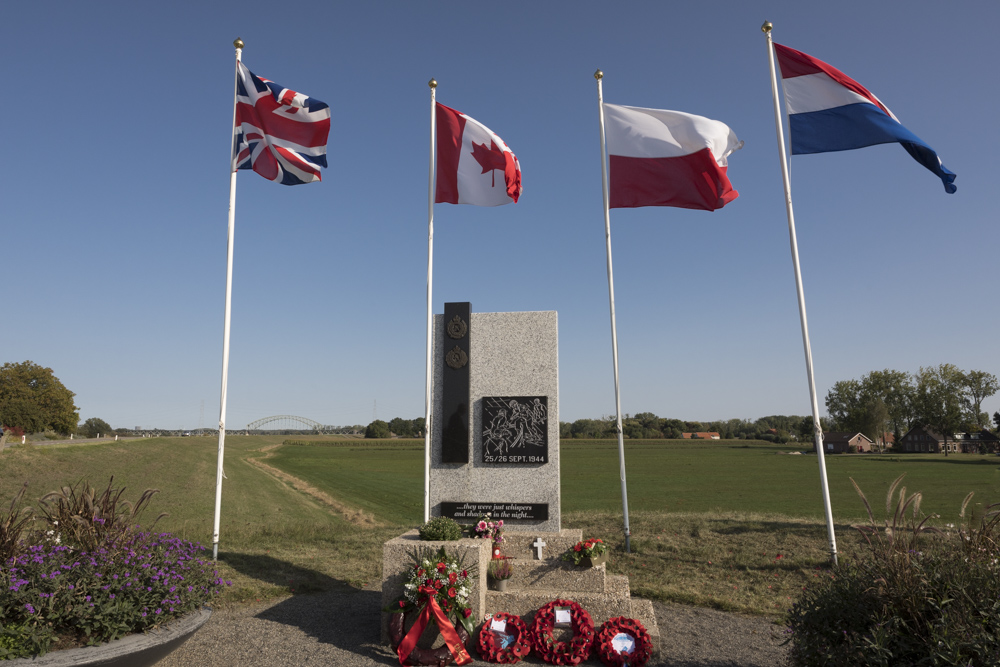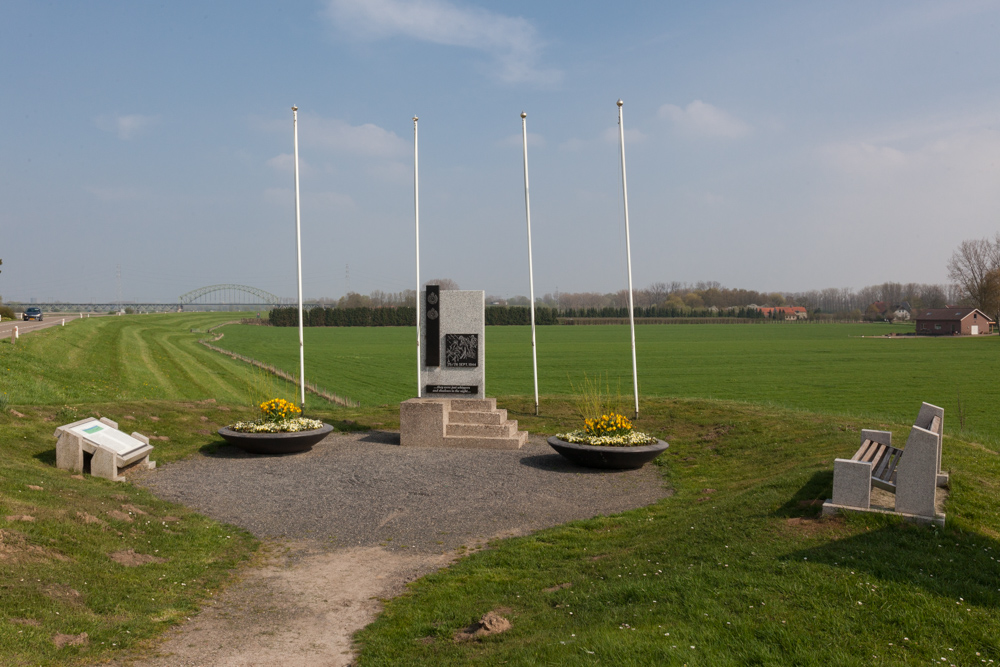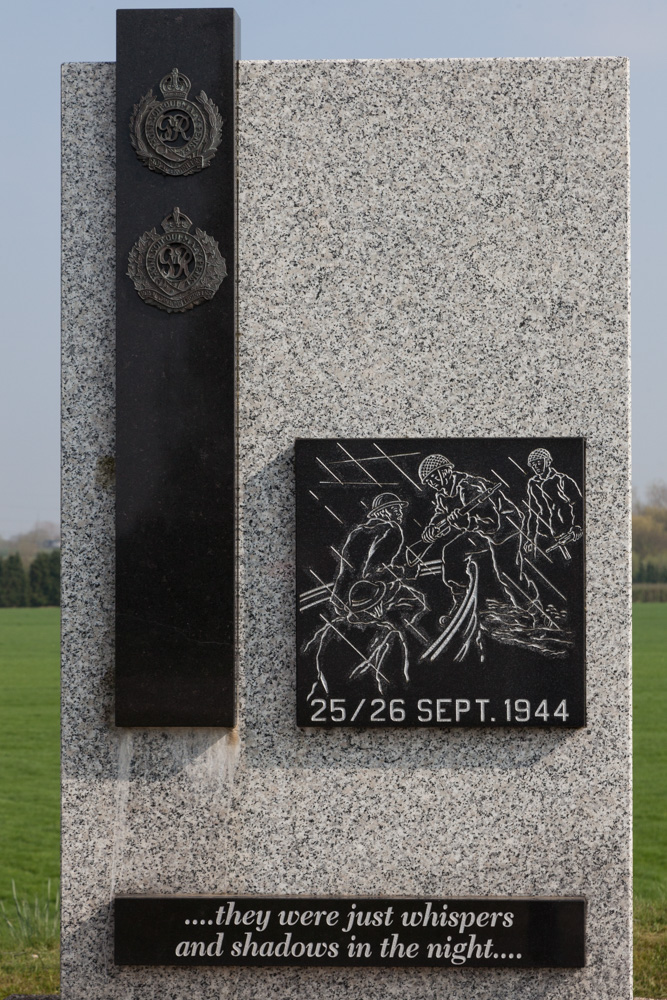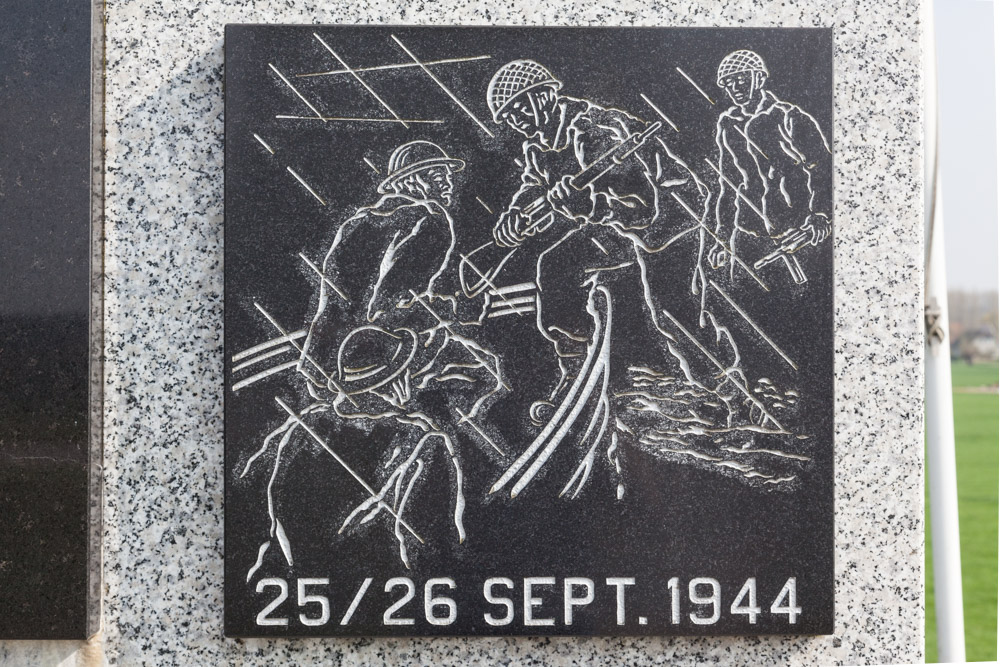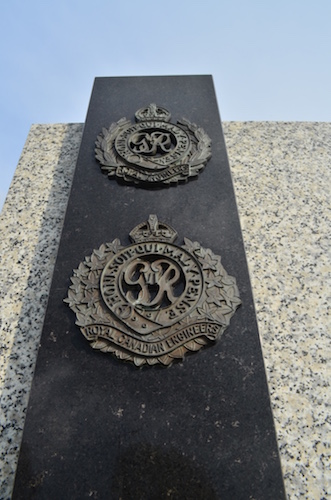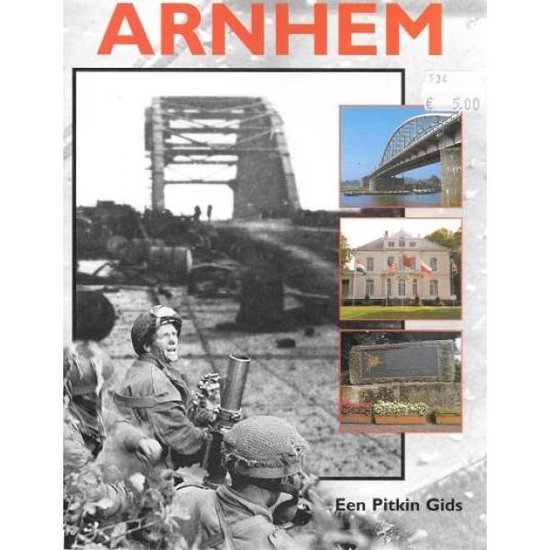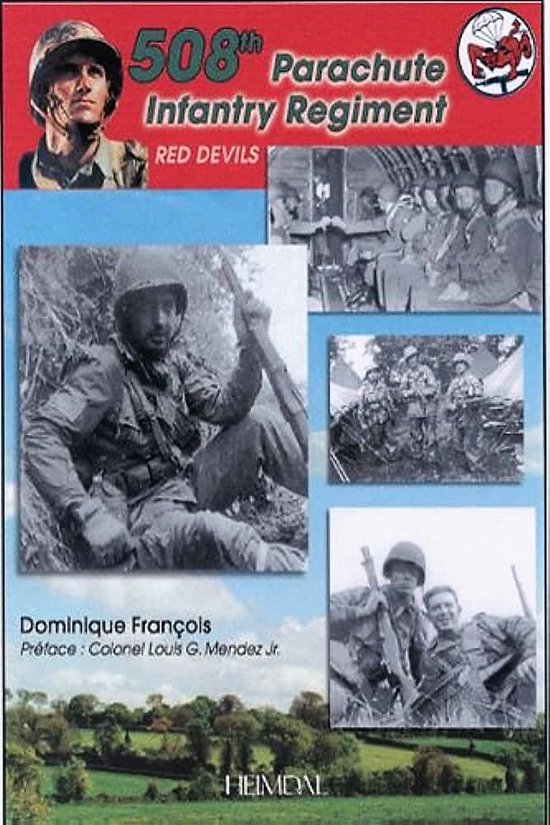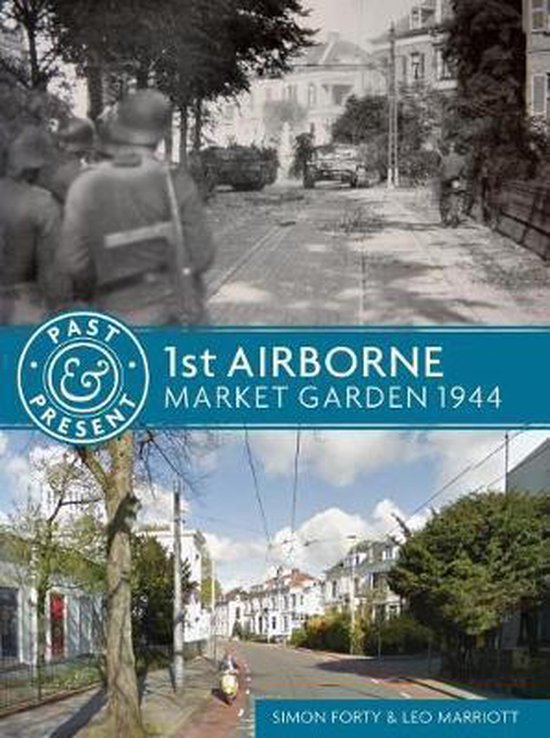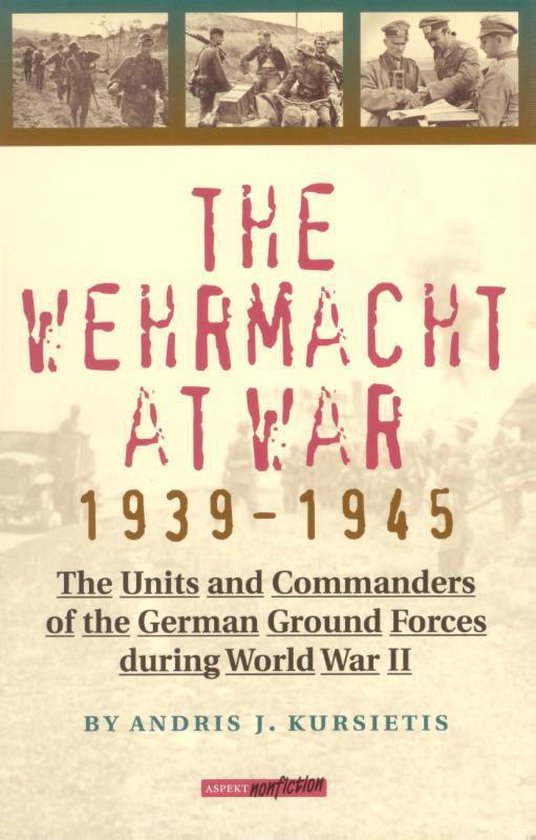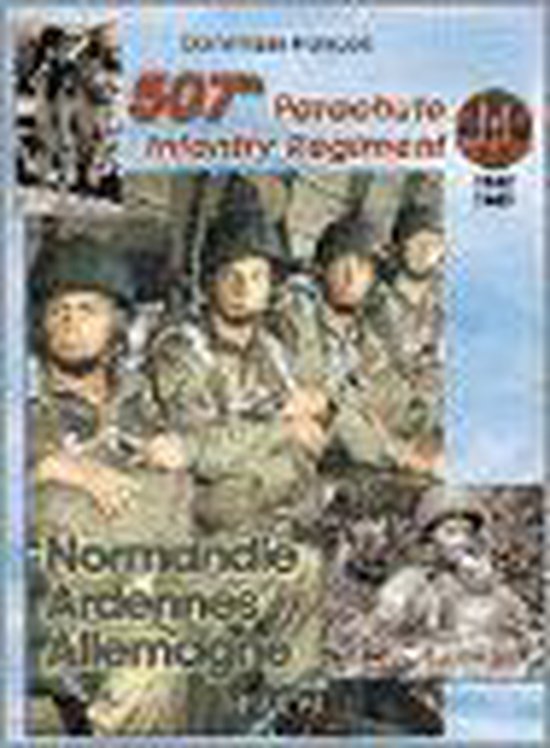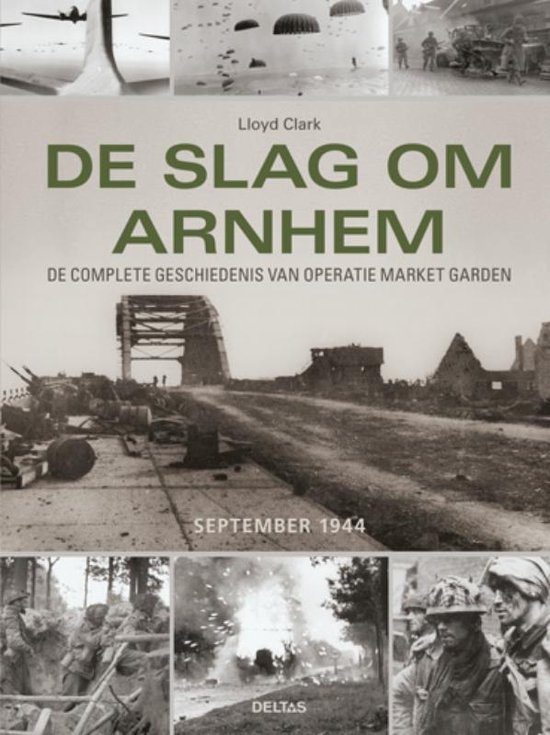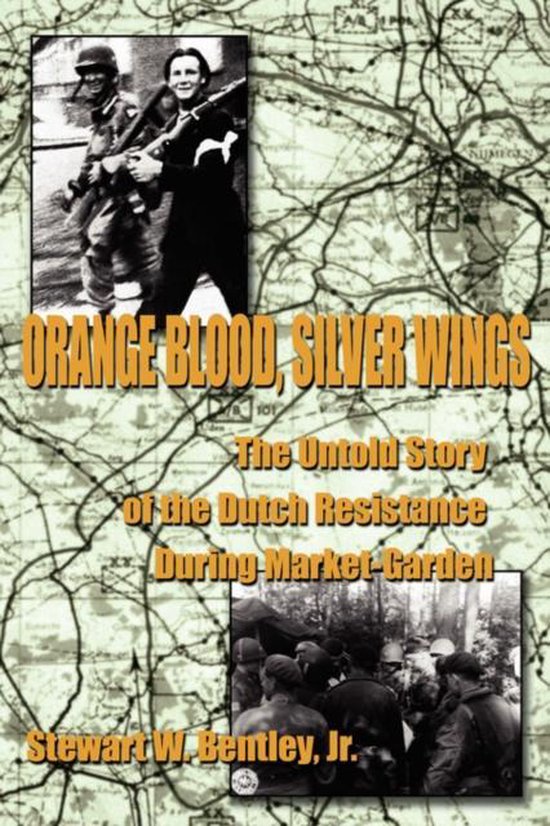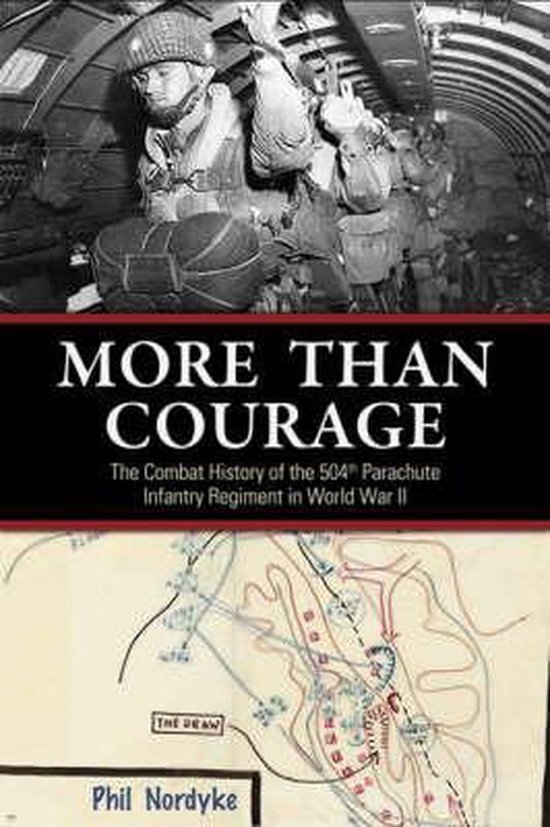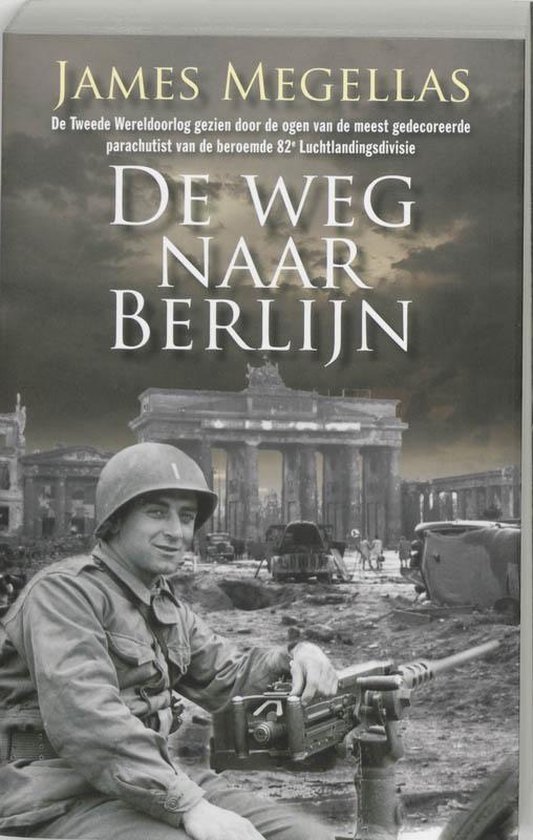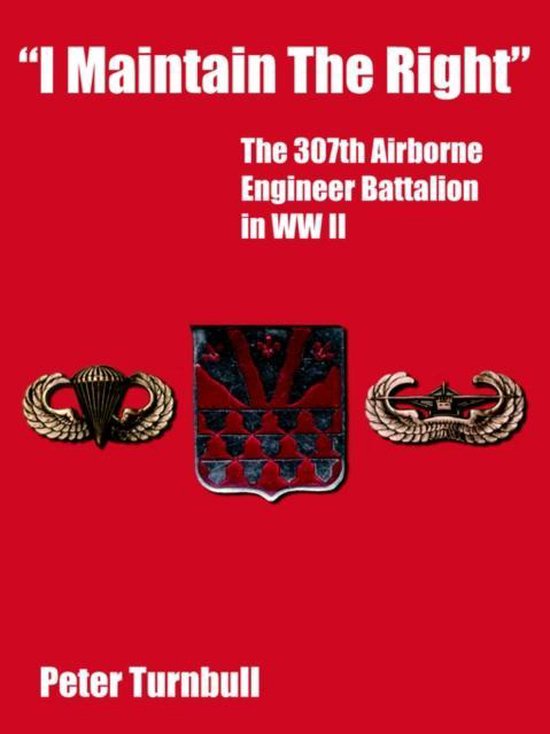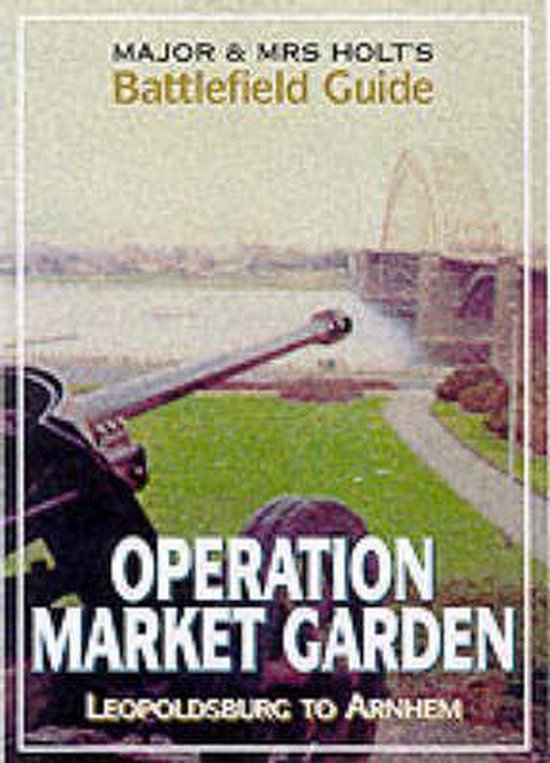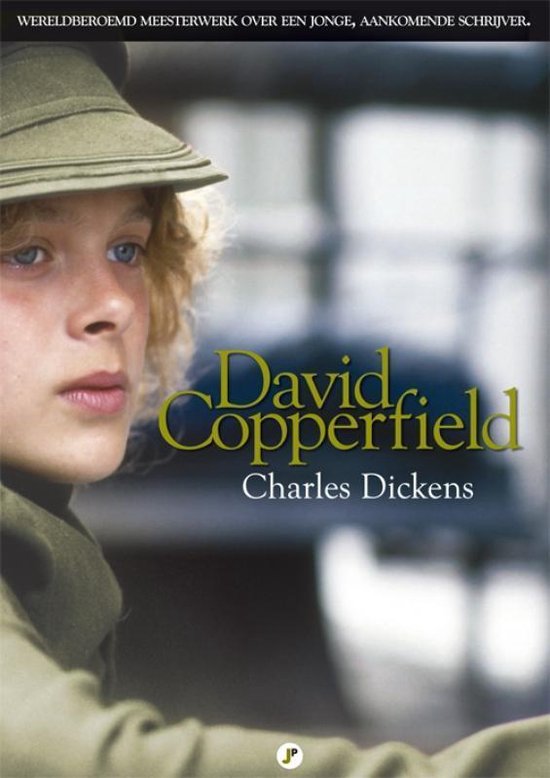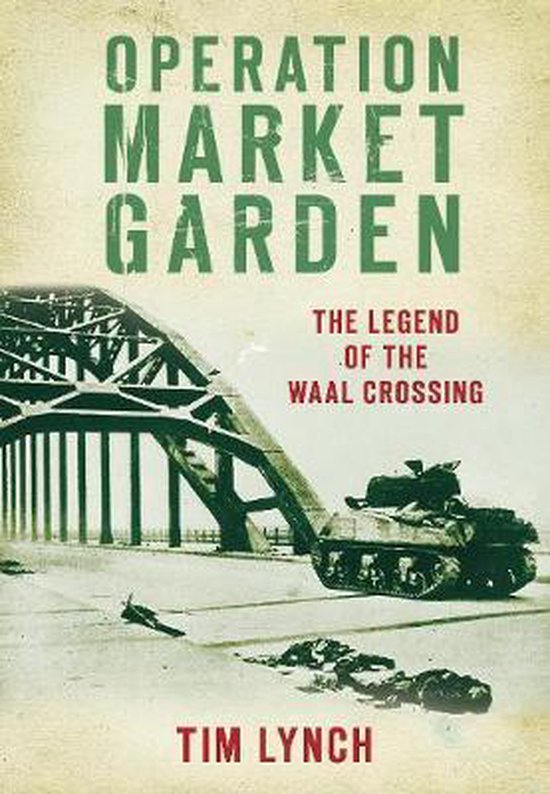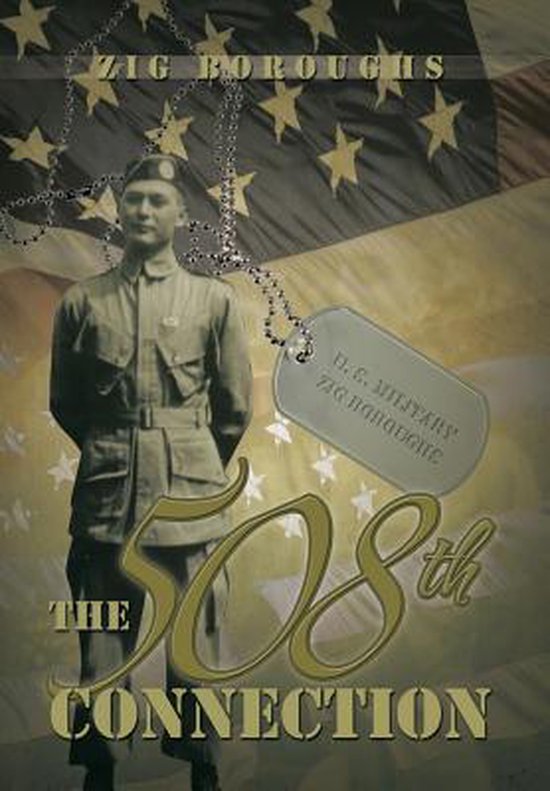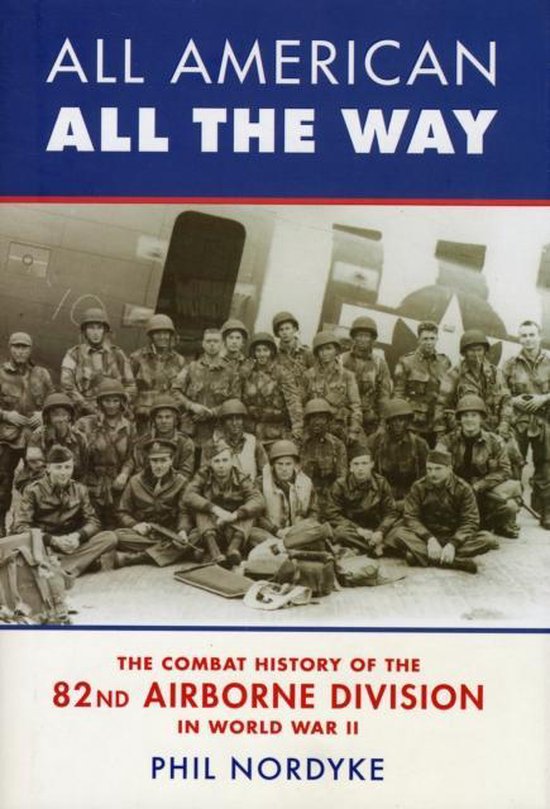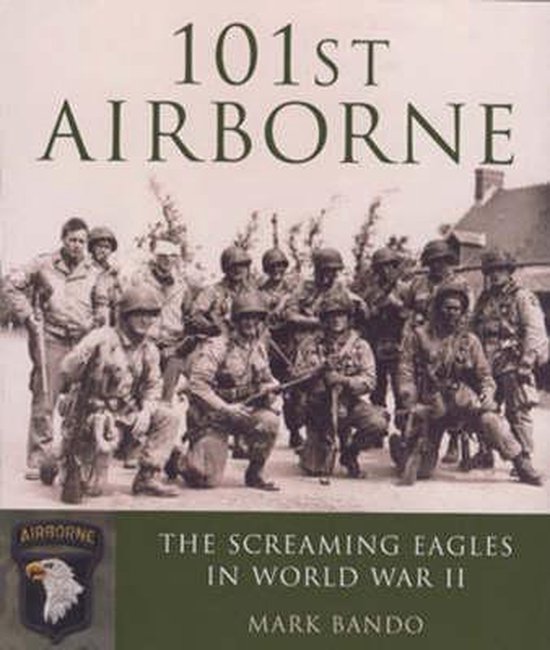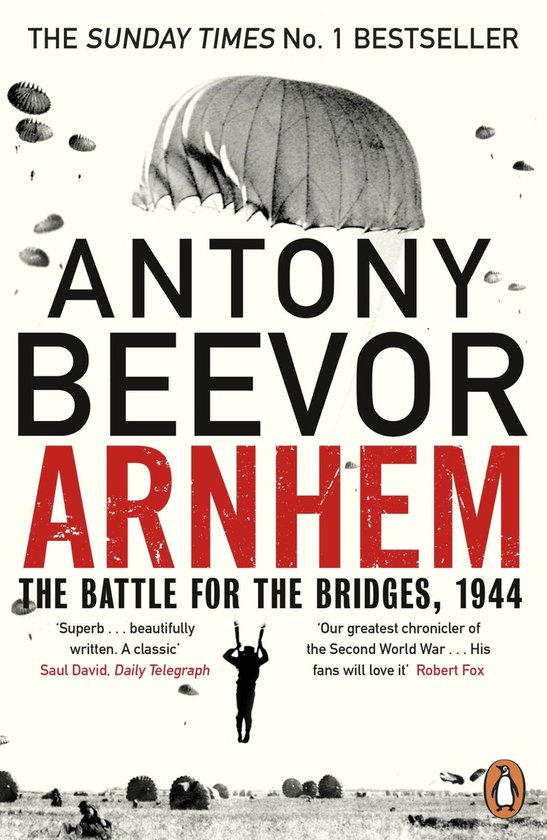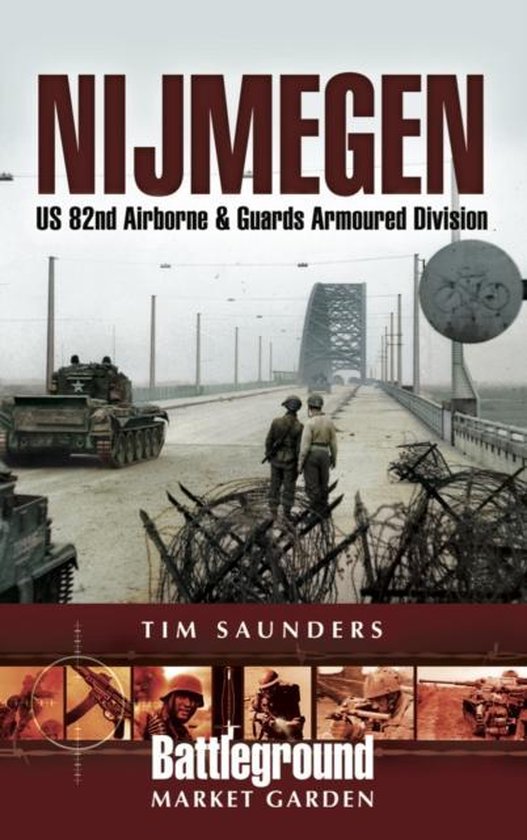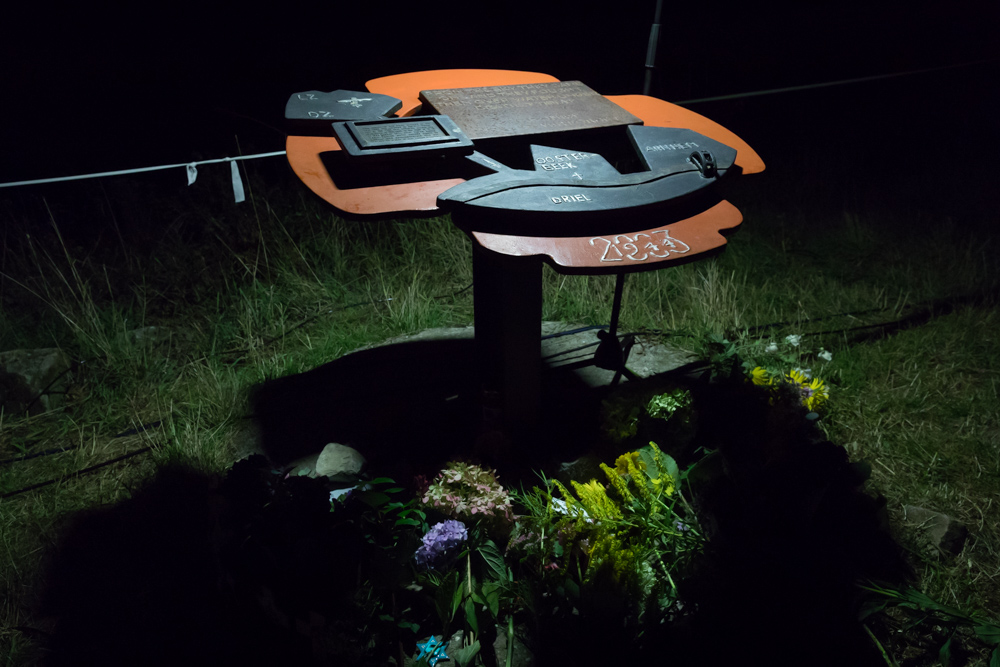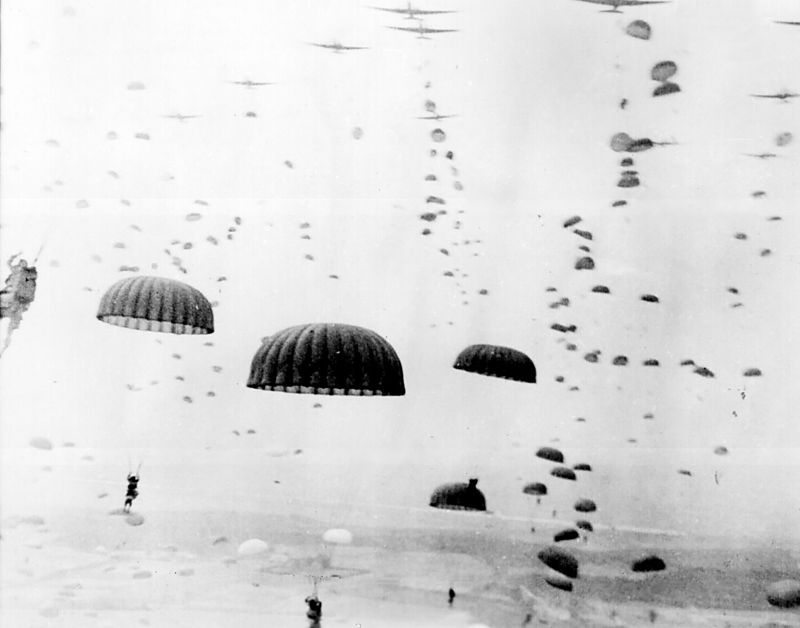Memorial Royal Engineers and Royal Canadian Engineers Driel
The Memorial Royal Engineers (RE) and Royal Canadian Engineers (RCE) Driel commemorates the evacuation of the survivors of the 1st British Airborne Division from Oosterbeek. This evacuation with the codename operation 'Berlin' took place on the evening and night of the 25th and 26th of September 1944. The storm and assault boats which made it possible to evacuate the troops on the north side of the river, went back and forth over the river along two routes.
Along the western route boated the 553rd Field Company RE and the 20th Field Company RCE. Along the eastern route were the 260th Field Company RE with the 23rd Field Company RCE. When the evacuation was halted around 06:00 approximately 2,400 men who had been held up at the North side had been transferred. Those who remained at the North side waiting to be picked up were made prisoners-of-war.
The front of the memorial states:
"25/26 SEPTEMBER 1944"
"...THEY WERE JUST WHISPERS AND SHADOWS IN THE NIGHT..."
The monument is a design by H. van den Brand from Arnhem. It consists of a large slab about two meters high of Portuguese granite placed on a base. The slab features three black marble panels. The left panel shows the emblems of the British genie (top) and the Canadian genie (bottom). The right panel shows a drawing of the evacuation in gold leaf. A few years after the war, this drawing appeared in an army newspaper. It shows the moment when two evacuees from the British airborne division are picked up by a storm boat across the river. The third panel, located below the drawing, says "... they were just whispers and shadows in the night ...". Initially, this text was applied directly to the granite slab, but since a few years this text has been placed on a black marble panel, which is fixed as a separate panel on the slab.
The monument is located on the site of the eastern evacuation route. It is along this route that most evacuees could be transferred. A little further south, along the Vogelenzangstraat, in the large barn of the Vogelenzang farm, the evacuees were received by men of the 5th battalion The Dorset Regiment. From there they went further through the Betuwe to Nijmegen.
On September 15, 1989, the monument was unveiled by the designer, H. van den Brand, a New Guinea veteran from Arnhem.
The monument is an initiative of the Friends of the Airborne Museum. After they had organized a lecture about operation 'Berlin', there appeared to be broad support for a monument in memory. That is why the Engineers Monument Committee was established by a number of members within the Association. The municipality of Heteren, to which Driel belonged, gave permission and the Polder district Betuwe, the owner of the land, also supported the initiative. In order not to damage the dike body, it was decided to place the monument on this bulge along the Drielse Rijndijk.
After the unveiling, the monument was transferred to the municipality of Heteren, now municipality of Overbetuwe. During the annual commemorations in the context of Operation Market Garden, a wreath laying is always organized here on Saturdays.
The information panel beside the memorial states:
"It is 25th September 1944,The battle of Arnhem is still raging, but the position of the surrounded British an Polish Airborne troops on the northern Rhine bank has become untenable. Then the order for their evacuation across the river is given. In that rainy night hundreds of soldiers come in small parties to the river forelands both clearly visible from here and wait to be rescued. Under heavy German fire from the Westerbouwring British and Canadian Engeniers make dozens of trips in their small boats from this bank. In one night, supported by other units they manage to rescue 2,400 Airborne troops. At the time the rescue had hardly seen their savers, so they have never been able to thank them. This monument has been erected to express their gratitude (15th September 1989)."
Do you have more information about this location? Inform us!
Source
- Text: Jeroen Niels
- Photos: Arjan Vrieze (1, 2, 3), Jeroen Niels (4, 5)
Related books
Photo report commemoration at the Engineers Monument and Silent Tour White Ribbon Mile
When on 20 September the British 1st Airborne Division had to give up the positions at the Rhine bridge in Arnhem, they withdrew to the 'Perimeter' in Oosterbeek. This was a bridgehead of several square kilometers on the north bank of the Rhine. The idea behind this was that reinforcements could be transferred across the Rhine. After a few days it turned out that the perimeter could no longer be defended. On September 25, 1944, General Urquhart was ordered to withdraw the troops across the Rhine. The operation was codenamed: Berlin.
Nearby
Museum
- Information Centre: The Poles of Driel - Driel
- Airborne Museum 'Hartenstein' - Oosterbeek
- Exhibition Glider Collection Wolfheze - Wolfheze
Point of interest
- Information Panel Perimeter Route no. 6 - Oosterbeek
- Perimeter Route Marker 16: Operation Berlin - Oosterbeek
- Perimeter Route Marker 15: The Poles at Driel - Oosterbeek
Monument
- Memorial Crossing Location Operation Berlin - Oosterbeek
- Memorial Bench 1st Airborne Division - Oosterbeek
- Memorial Bench Leslie Jack Plummer - Oosterbeek
Cemetery
- Field Graves Polish Soldiers - Oosterbeek
- Polish Monument Driel - Driel
- Dutch War Graves Protestant Cemetery Driel - Driel
Remembrance Stone
- Stumbling Stones Noordelijke Parallelweg 69 - Arnhem
- Stumbling Stones Mesdaglaan 39 - Arnhem
- Stumbling Stones Breitnerstraat 18 - Arnhem
Fortification
- Concrete Encased M4 Sherman Tank - Arnhem
- Concrete Encased M4 Sherman Tanks Meinerswijk - Arnhem
- Concrete Encased M4 Sherman Tank - Arnhem
